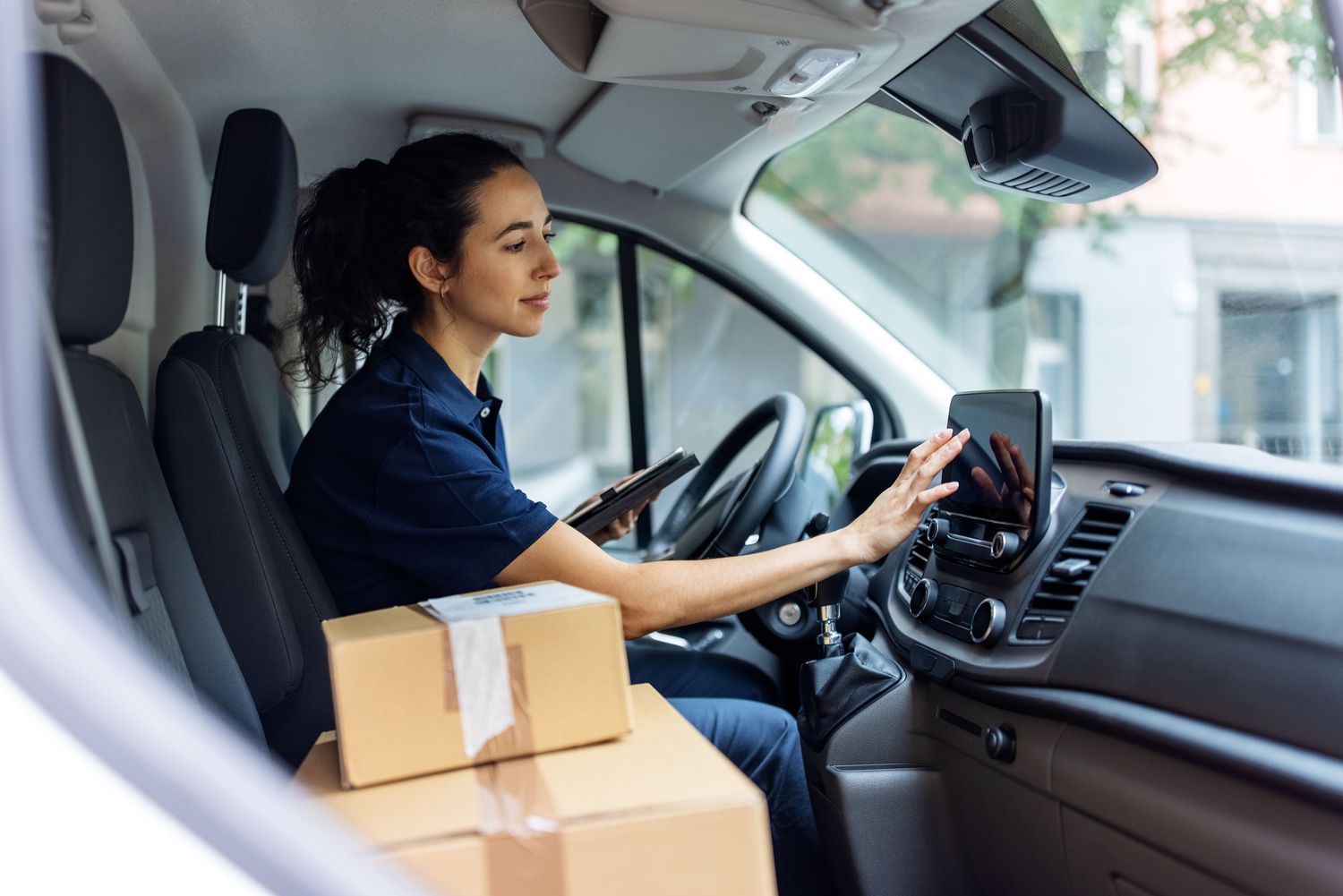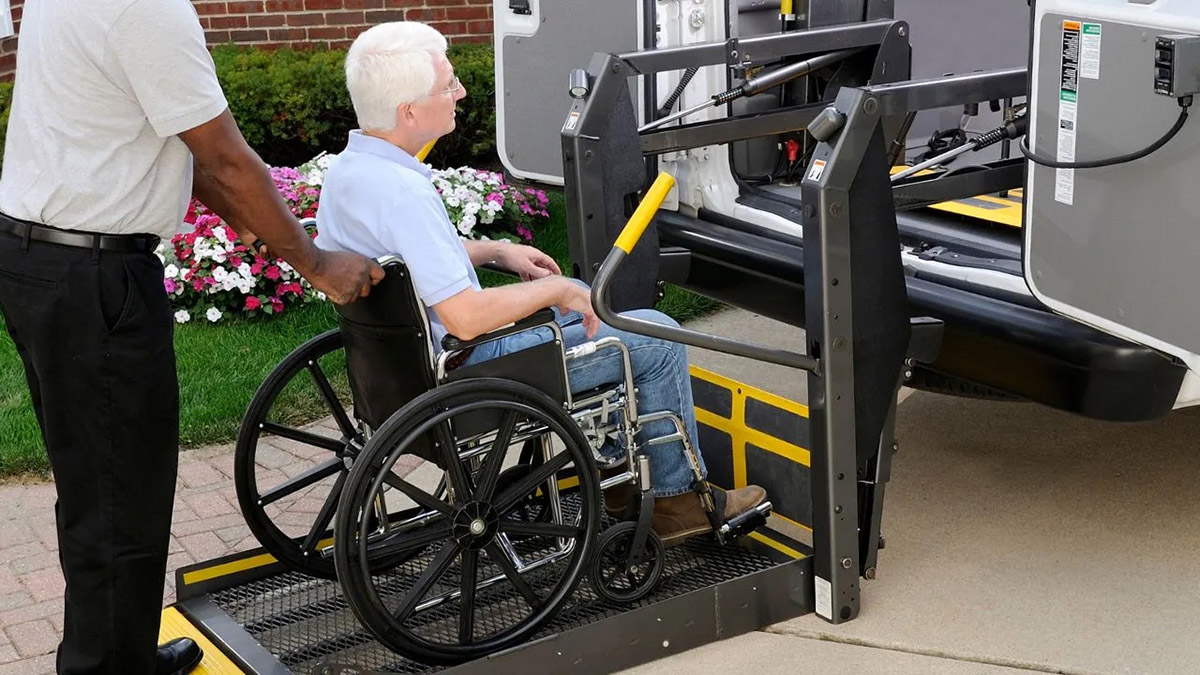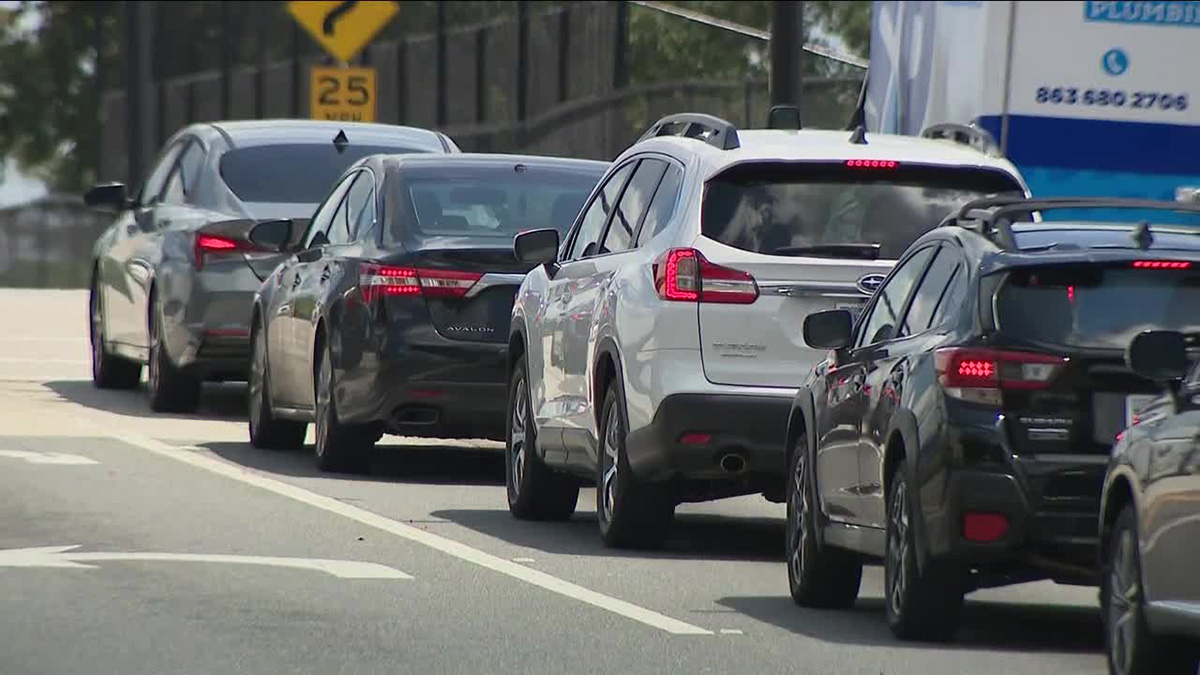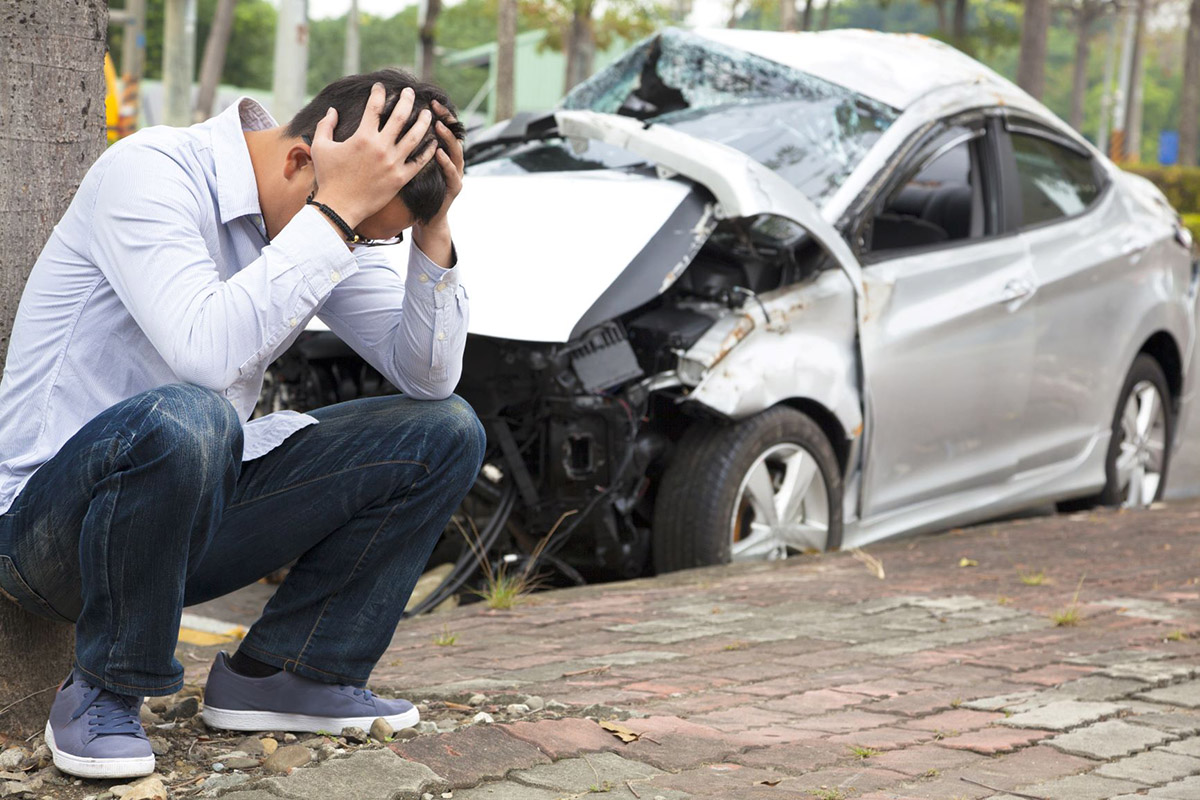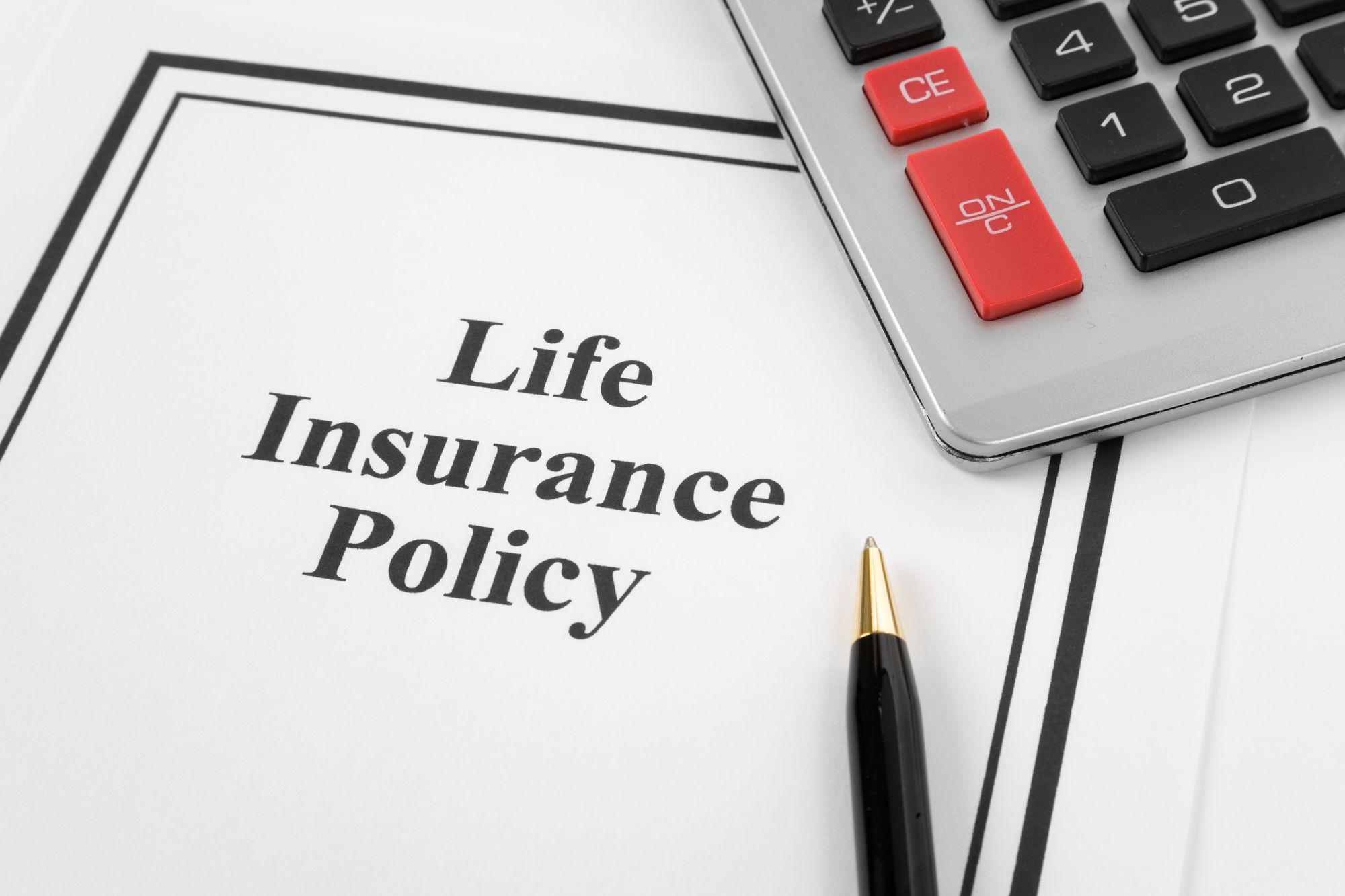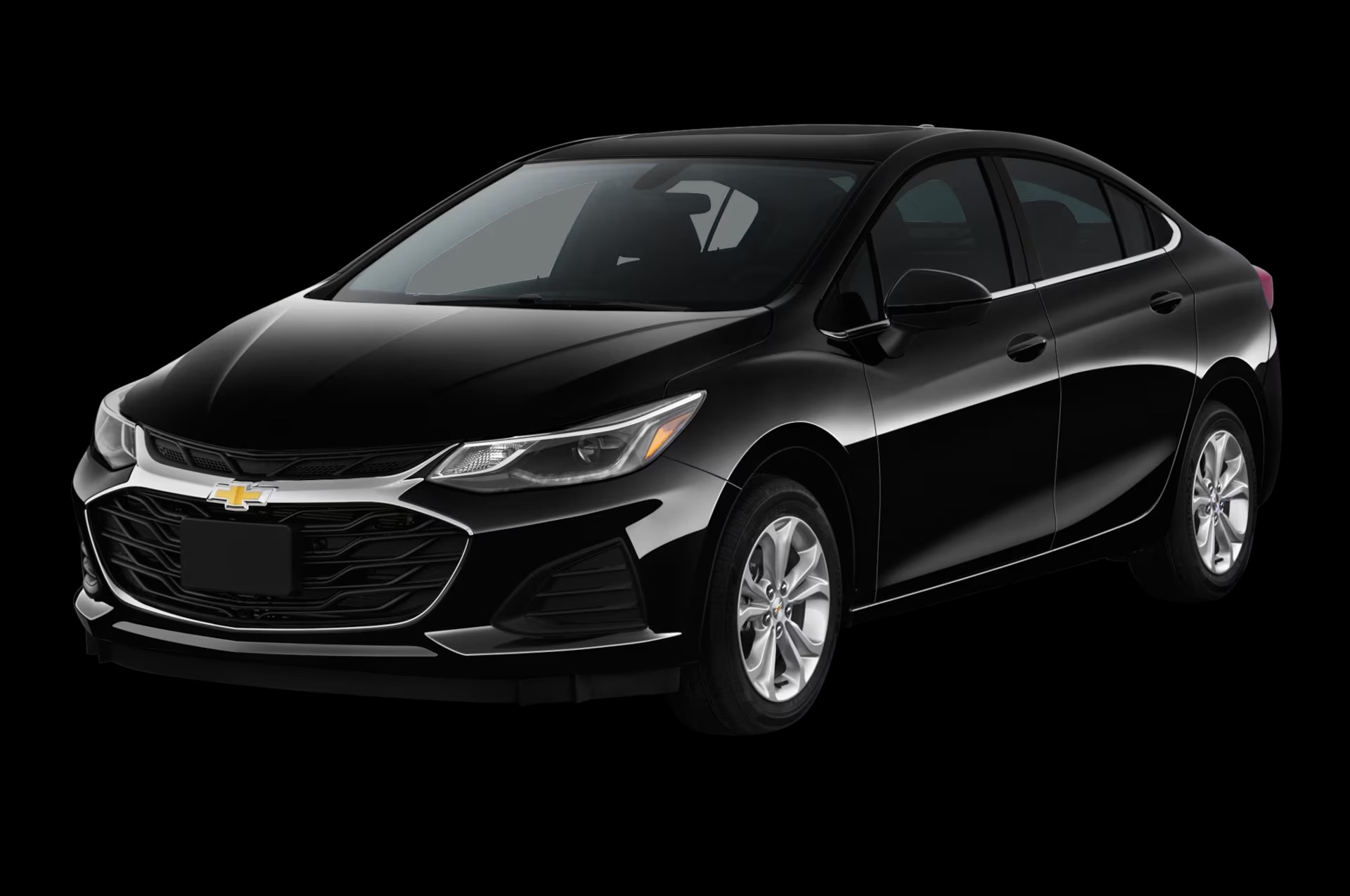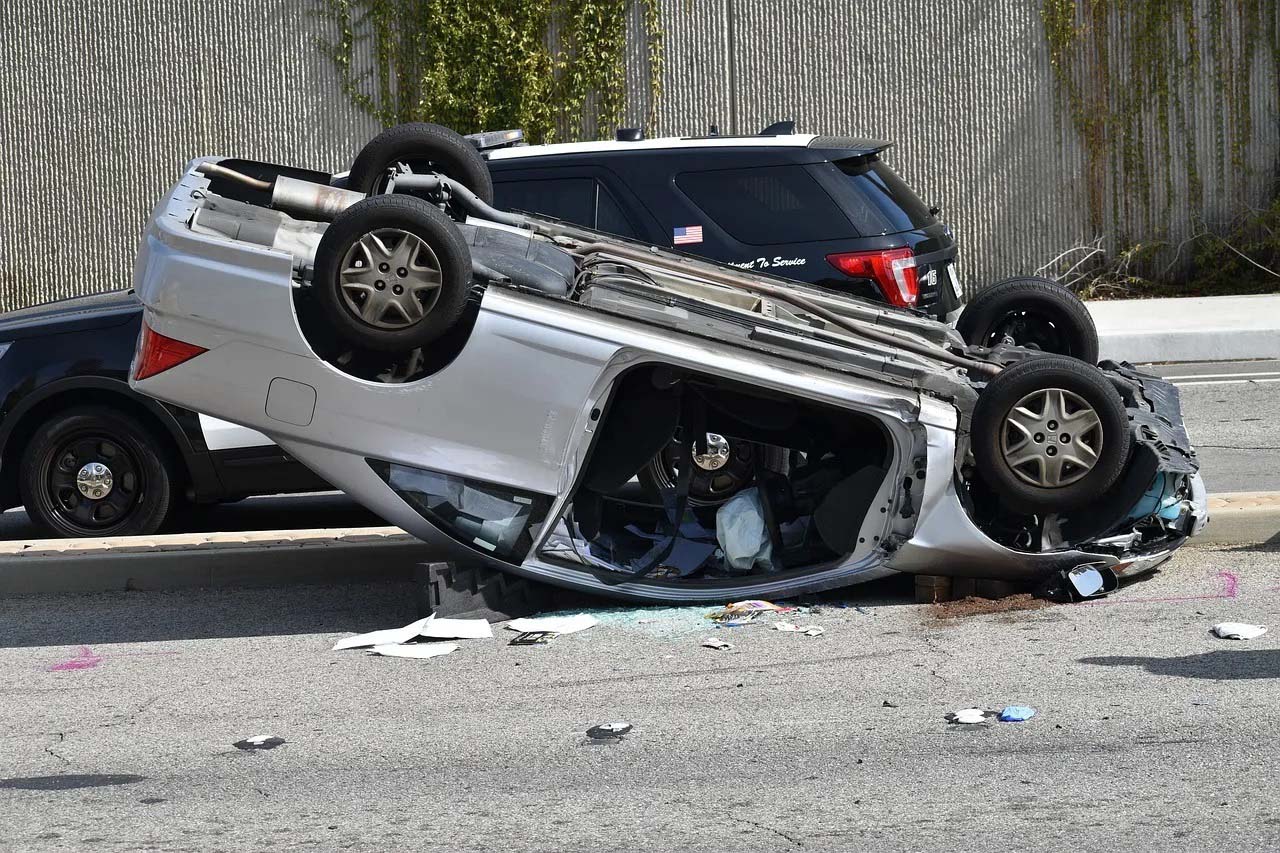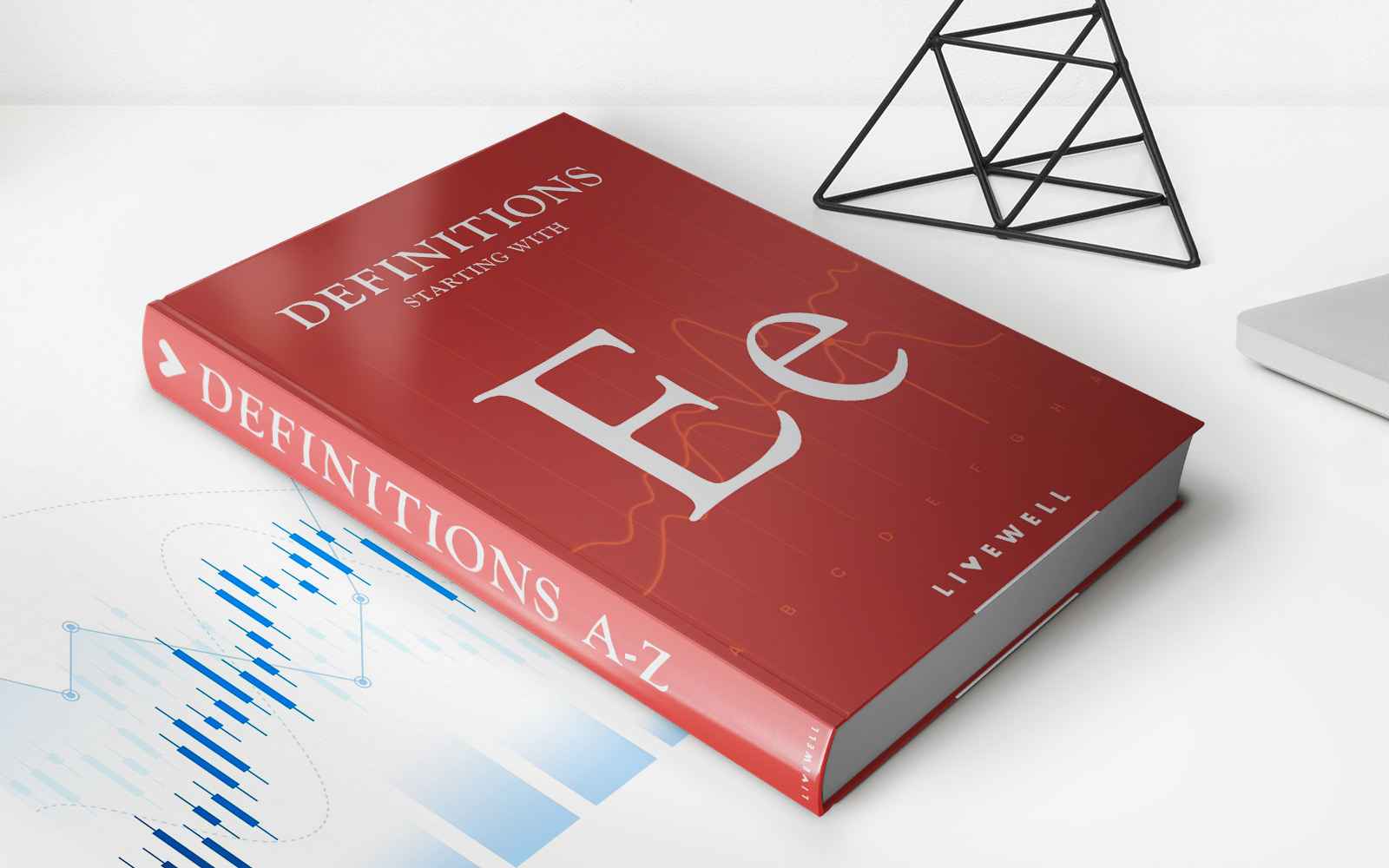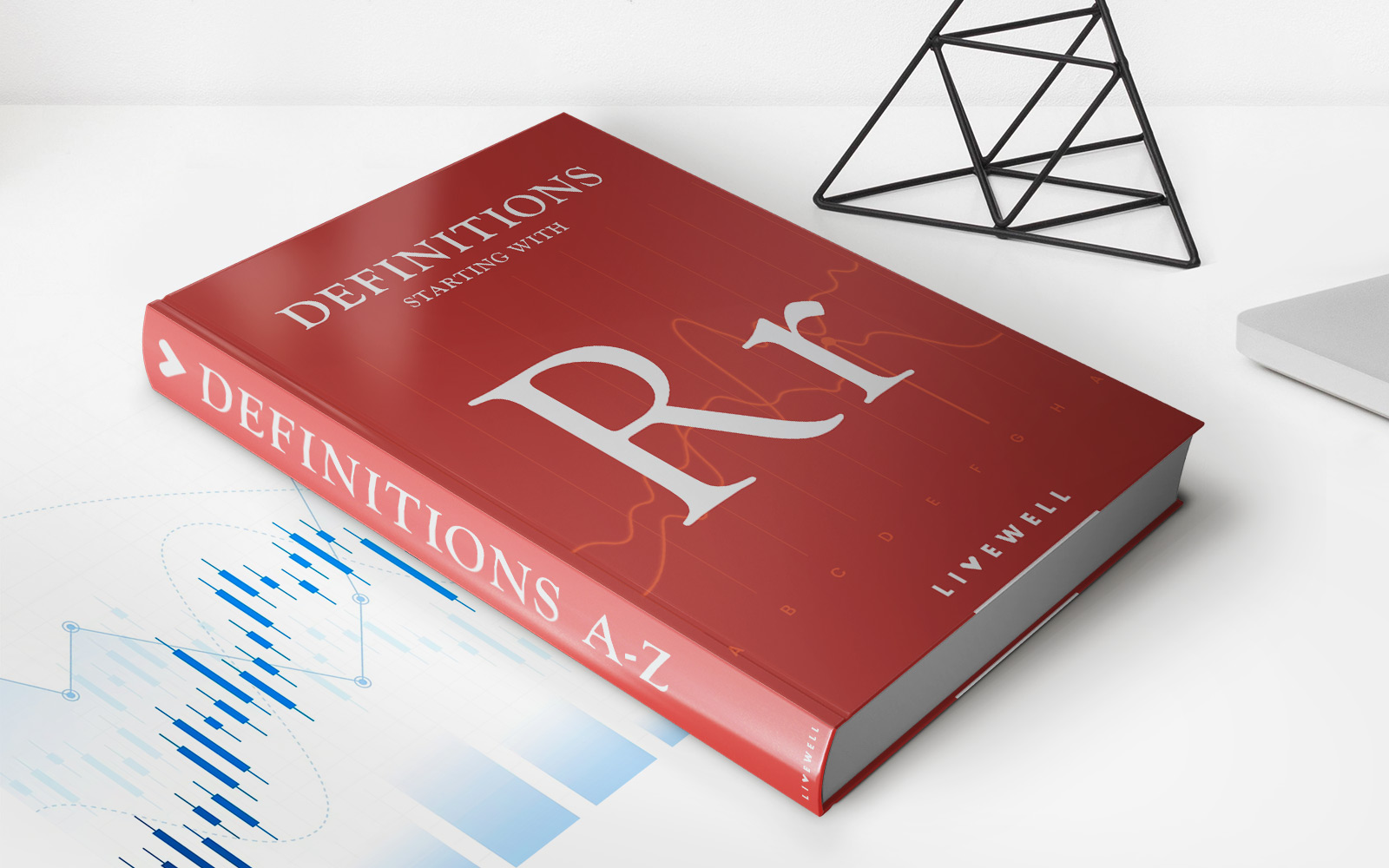Home>Finance>Why Is Car Insurance So Expensive In South Carolina?
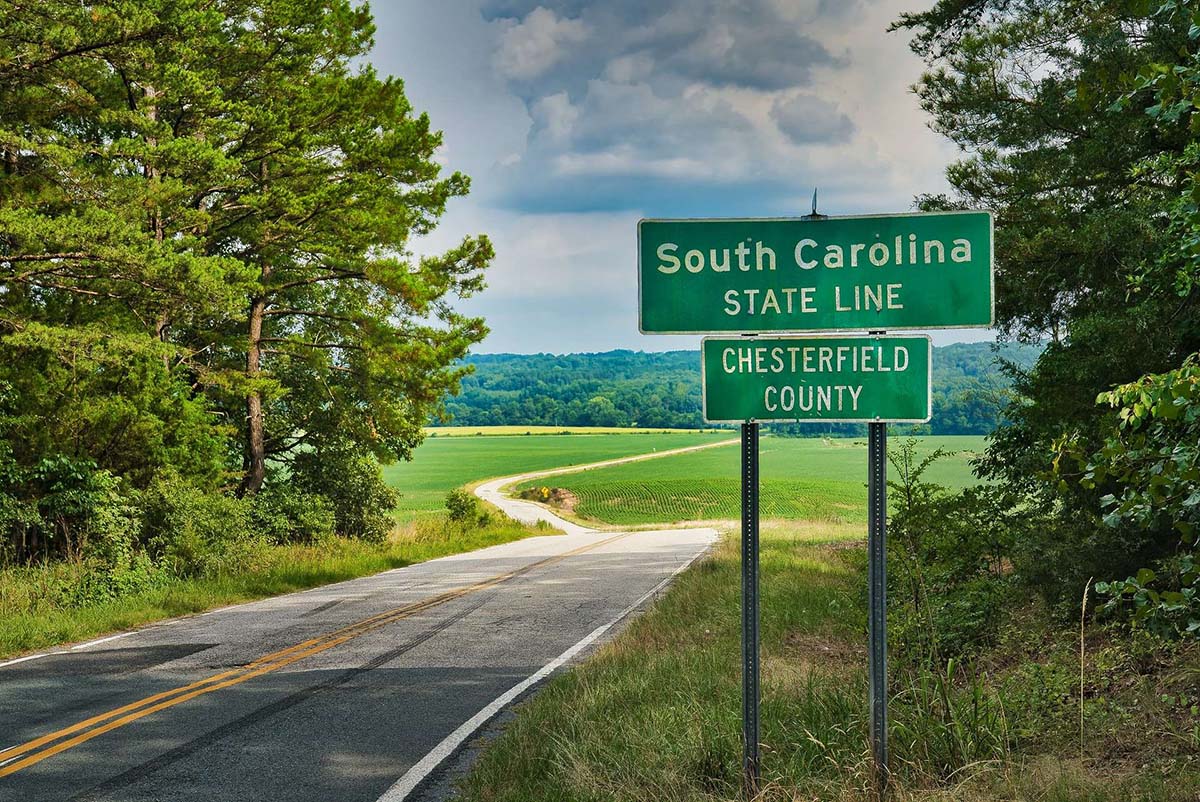

Finance
Why Is Car Insurance So Expensive In South Carolina?
Published: November 19, 2023
Looking to finance your car insurance in South Carolina? Find out why rates are higher in the state and how you can save on your premiums.
(Many of the links in this article redirect to a specific reviewed product. Your purchase of these products through affiliate links helps to generate commission for LiveWell, at no extra cost. Learn more)
Table of Contents
Introduction
Car insurance rates can vary significantly from state to state, and South Carolina is no exception. Many residents find themselves wondering why car insurance in the Palmetto State is so expensive. Several factors contribute to the high cost of car insurance in South Carolina, including high accident rates, population density, uninsured motorists, rural roads, extreme weather conditions, vehicle theft rates, personal injury lawsuits, minimum coverage requirements, and competition among insurance companies.
Understanding the reasons behind the high cost of car insurance in South Carolina can help drivers make informed decisions when it comes to selecting coverage and finding ways to mitigate the financial impact. By exploring these factors, we can gain a better understanding of the unique challenges and risks associated with driving in the state.
In this article, we will dive deeper into each of these factors and analyze their impact on car insurance rates in South Carolina. By the end, you will have a clearer understanding of why car insurance is expensive in the state and be better equipped to navigate the insurance market.
High Accident Rates
One of the primary factors contributing to the high cost of car insurance in South Carolina is the state’s high accident rates. According to the South Carolina Department of Public Safety, the state consistently ranks among the top in terms of traffic accidents and fatalities.
The combination of a growing population, busy highways, and congestion in urban areas contributes to a higher probability of accidents. With more vehicles on the road, the risk of collisions and property damage increases. This heightened risk translates into higher insurance premiums for South Carolina drivers.
The presence of tourist attractions such as Myrtle Beach and Charleston also contributes to increased traffic and accidents. Visitors unfamiliar with the roads and local driving laws can add to the risk of accidents. Additionally, South Carolina’s scenic drives and rural roads can sometimes be challenging to navigate, leading to a higher likelihood of accidents.
Furthermore, distracted driving is a significant problem in South Carolina. Drivers who use their phones or engage in other distracting activities while behind the wheel increase the chances of accidents. The state has enacted laws to combat distracted driving, but it remains a persistent issue.
Insurance companies take the increased accident rates into account when setting premiums. Insurers base their rates on statistical data, including the number and severity of accidents in a particular area. Areas with higher accident rates are associated with a greater risk of filing claims, leading to higher premiums for policyholders.
It is essential for South Carolina drivers to prioritize safe driving practices to minimize the risk of accidents. By obeying traffic laws, avoiding distractions, and driving defensively, motorists can reduce their chances of being involved in an accident, potentially leading to lower insurance premiums in the long run.
Population Density
Another contributing factor to the high cost of car insurance in South Carolina is the state’s population density. While it may not be as densely populated as states like New York or California, South Carolina has seen a steady increase in population over the years.
The higher the population density, the greater the likelihood of accidents. With more residents and vehicles sharing the roads, there is a higher probability of collisions and property damage. This increased risk of accidents leads to higher insurance premiums for drivers in densely populated areas.
Urban areas such as Charleston, Columbia, and Greenville experience more congestion and traffic compared to rural areas. This concentration of people and vehicles intensifies the chances of accidents occurring. Additionally, with more drivers on the road, the likelihood of encountering uninsured or underinsured motorists increases, making it even more critical for South Carolina drivers to have appropriate insurance coverage.
The dense population also leads to more insurance claims being filed. If a particular area has higher claim frequency and severity, insurance companies adjust their premiums accordingly to account for the increased risk of losses.
However, it’s important to note that even in less densely populated areas of the state, such as rural and suburban regions, car insurance rates can still be impacted by nearby urban centers. Proximity to heavily populated areas can influence insurance rates due to potential commuting patterns or increased traffic flow during peak hours.
While individuals cannot control the population density of their area, understanding this factor’s impact on car insurance rates can help South Carolina drivers be more informed consumers. By comparing quotes from multiple insurance providers and exploring discounts that may be available, motorists can potentially find more affordable coverage options.
Uninsured Motorists
One significant factor that contributes to the high cost of car insurance in South Carolina is the prevalence of uninsured motorists. Despite the legal requirement for drivers to carry insurance, a considerable number of South Carolina drivers operate their vehicles without proper coverage.
According to the Insurance Information Institute, South Carolina ranks among the states with the highest uninsured motorist rates. This means that if an uninsured driver causes an accident, there is a higher likelihood of financial responsibility falling on the insured driver’s insurance company.
When insurance companies have to pay out claims for accidents caused by uninsured drivers, it puts a strain on their financial resources. To offset this risk, insurance companies often increase premiums for policyholders in South Carolina to cover the potential costs associated with uninsured motorists.
Included within this issue is the problem of underinsured motorists. Even if drivers have insurance, they may only carry the minimum required coverage, which may not sufficiently cover the damages in the event of an accident. Underinsured motorists can also lead to higher insurance costs for South Carolina drivers, as insurance companies need to consider the possibility of supplementing coverage when dealing with these situations.
It is crucial for South Carolina drivers to protect themselves from uninsured and underinsured motorists by carrying adequate coverage. Adding uninsured/underinsured motorist coverage to your policy can provide financial protection in case of an accident with an uninsured driver.
Law enforcement agencies and the state government have implemented various initiatives to tackle the issue of uninsured motorists, including electronic verification systems and penalties for driving without insurance. Still, it remains a persistent problem that affects the affordability of car insurance for South Carolina drivers.
By being proactive in reporting and addressing uninsured drivers, South Carolina residents can contribute to the overall solution and potentially help reduce the cost of car insurance in the state.
Rural Roads
Rural roads in South Carolina present a unique challenge when it comes to car insurance rates. While urban areas tend to have more congestion and higher accident rates, rural roads have their own set of risks that contribute to the overall cost of car insurance in the state.
Rural roads in South Carolina often lack the infrastructure and safety measures found on highways and urban roads. These roads are often narrower, have less lighting, and may be poorly maintained. Additionally, the lack of traffic control devices and signage can increase the potential for accidents.
Due to the nature of rural roads, drivers may encounter hazards such as sharp curves, blind spots, and limited visibility. Coupled with factors like excessive speed, wildlife crossings, and agricultural equipment on the roads, the risk of accidents is heightened.
Insurance companies take into account the higher risk associated with driving on rural roads when determining premiums. The increased likelihood of accidents and the potential for more severe injuries or property damage result in higher insurance rates to compensate for the potential claims.
Moreover, emergency response times can be longer in rural areas compared to urban areas. This delay in emergency services can contribute to more severe outcomes in accidents, further impacting insurance costs.
While drivers cannot control the conditions of rural roads, they can strive to mitigate the risks associated with driving in these areas. Practicing defensive driving techniques, adhering to speed limits, and being attentive to your surroundings can help reduce the likelihood of accidents.
Additionally, making sure that your vehicle is in good working condition with properly maintained brakes, tires, and headlights can improve safety on rural roads. By taking proactive measures, South Carolina drivers can potentially reduce their insurance rates and stay safe while navigating these unique driving environments.
Extreme Weather Conditions
Extreme weather conditions in South Carolina play a significant role in the high cost of car insurance. The state experiences a range of weather events, including hurricanes, thunderstorms, and heavy rainfall, which can significantly impact driving conditions and increase the risk of accidents.
Hurricanes pose a significant threat to South Carolina, particularly along the coast. These powerful storms can cause widespread damage, flooding, and dangerous road conditions. The strong winds and heavy rains associated with hurricanes create hazards for drivers navigating the affected areas.
Thunderstorms are also common in South Carolina, especially during the warmer months. These storms can bring heavy rain, strong winds, and even hail, making driving conditions hazardous. Reduced visibility, slick roads, and potential debris on the roadways increase the risk of accidents.
Additionally, the state experiences occasional winter weather events, including ice storms and snowfall, which can lead to treacherous road conditions. Drivers who are unfamiliar with driving in icy or snowy conditions may struggle to maintain control of their vehicles, leading to an increased risk of accidents.
Insurance companies consider the increased risk of accidents and claims associated with extreme weather events when determining car insurance rates. The potential for vehicle damage, injuries, and property damage resulting from weather-related accidents can lead to higher premiums for South Carolina drivers.
While drivers cannot control the weather, they can take steps to protect themselves and their vehicles. This includes staying updated on weather conditions, allowing for extra travel time during inclement weather, and ensuring that vehicles are properly maintained for optimal performance in adverse weather conditions.
Adhering to safe driving practices such as reducing speed, maintaining a safe distance, and avoiding unnecessary travel during severe weather events can help mitigate the risk of accidents and potentially lower insurance rates in the long run.
Vehicle Theft Rates
Vehicle theft rates in South Carolina are a contributing factor to the high cost of car insurance in the state. According to the National Insurance Crime Bureau, South Carolina consistently ranks among the states with higher rates of vehicle theft.
Theft of motor vehicles not only results in financial loss for the vehicle owners but also leads to increased claims and payouts from insurance companies. To compensate for the risk of having to pay out for stolen vehicles, insurance providers adjust their rates accordingly, resulting in higher premiums for South Carolina drivers.
The increased vehicle theft rates can be attributed to various factors. Urban areas with higher population density tend to have more theft incidents, as there are more opportunities for thieves to target vehicles. Additionally, vehicles left unattended or parked in high-crime areas are more vulnerable to theft.
Furthermore, certain vehicle makes and models may be more attractive to thieves due to their higher market value, ease of resale, or lack of effective security features. This can result in higher insurance premiums for owners of those specific vehicles.
To protect against vehicle theft, South Carolina drivers are encouraged to take preventive measures such as parking in well-lit areas, using anti-theft devices, and securing their vehicles with steering wheel locks or car alarms. Taking these precautions not only reduces the risk of theft but may also lead to lower insurance rates.
It’s important for drivers to be aware of their surroundings and be proactive in safeguarding their vehicles. By taking steps to prevent vehicle theft, South Carolina residents can potentially save money on their car insurance premiums and enjoy peace of mind knowing their vehicles are better protected.
Personal Injury Lawsuits
Personal injury lawsuits are another factor contributing to the high cost of car insurance in South Carolina. The state has seen a notable increase in the number of lawsuits filed as a result of car accidents, which drives up insurance premiums for all drivers.
When a car accident occurs, injured parties may seek compensation for medical expenses, lost wages, and pain and suffering through personal injury lawsuits. South Carolina’s legal system allows individuals to pursue legal action to recover damages caused by the negligence or wrongful actions of another driver.
The frequency and severity of personal injury lawsuits impact insurance rates in several ways. First, insurance companies must allocate resources to investigate and settle these claims, which can be time-consuming and costly.
Additionally, high-value personal injury settlements or jury verdicts can significantly impact insurance premiums. Insurance providers anticipate potential payouts from such lawsuits and adjust their rates accordingly to cover the expenses associated with these claims.
The prevalence of personal injury lawsuits in South Carolina can also influence how insurance companies assess risk. Areas with a history of multiple personal injury claims are considered higher risk, leading to higher premiums for policyholders in those areas.
It’s important to note that not all personal injury lawsuits are frivolous or unjustified. However, the overall increase in these lawsuits can contribute to the overall cost of car insurance for South Carolina drivers.
While drivers cannot control the legal environment or the actions of other motorists, they can take steps to protect themselves. Maintaining proper car insurance coverage, following traffic laws, and driving defensively can help reduce the likelihood of accidents and, in turn, personal injury lawsuits.
Furthermore, being mindful of the potential consequences of unsafe driving practices can help minimize the risk of being involved in an accident and mitigate the impact on insurance rates.
Minimum Coverage Requirements
Minimum coverage requirements set by the state of South Carolina also play a role in the high cost of car insurance. Every state has its own mandated minimum coverage limits that drivers must adhere to, and South Carolina is no exception.
In South Carolina, drivers are required to carry liability insurance with minimum coverage limits of 25/50/25. This means that drivers must have at least $25,000 of bodily injury liability coverage per person, $50,000 of bodily injury liability coverage per accident, and $25,000 of property damage liability coverage per accident.
While these minimum coverage limits provide some level of financial protection, they may not be sufficient in the event of a serious accident. Medical expenses, property damage, and legal costs can quickly exceed these minimum limits, leaving drivers personally responsible for any amounts beyond their coverage limits.
Insurance providers take into account the state’s minimum coverage requirements when determining insurance premiums. Higher coverage limits typically mean higher premiums since the insurance company faces a greater potential liability in the event of an accident.
South Carolina drivers who wish to have more comprehensive coverage or additional protection may choose to purchase higher limits or additional types of insurance coverage, such as uninsured/underinsured motorist coverage or comprehensive and collision coverage. However, these additional coverages come at an additional cost.
It’s important for South Carolina drivers to assess their insurance needs and consider carrying coverage that adequately protects them in case of an accident. While increasing coverage limits may result in higher premiums, it provides greater financial security and peace of mind.
By understanding the minimum coverage requirements and considering their individual circumstances, drivers can make informed decisions when it comes to selecting the right coverage limits and finding ways to manage the cost of car insurance in South Carolina.
Competition and Insurance Companies
Competition among insurance companies is another factor that can impact the cost of car insurance in South Carolina. Insurance providers operate in a competitive market where they vie for customers by offering various coverage options and pricing structures.
The level of competition in the insurance market can influence the rates that insurance companies charge. In highly competitive markets, insurance companies may lower their premiums to attract more customers. Conversely, in less competitive markets, insurers may have more flexibility to set higher premiums.
In South Carolina, the insurance market is relatively competitive, with several national and regional insurance companies vying for customers. However, this competition does not always result in lower premiums for consumers.
Insurance companies consider various factors when determining their pricing strategies, such as the cost of claims, administrative expenses, risk factors associated with certain areas or demographics, and profit margins. These factors, along with the competitive landscape, influence the rates that insurance companies offer to customers.
While competition can drive down prices to some extent, it may not eliminate the underlying factors that contribute to the high cost of car insurance in South Carolina, such as accident rates, population density, and personal injury lawsuits.
It is essential for South Carolina drivers to compare quotes from multiple insurance companies to ensure they are getting the best possible rates and coverage. Shopping around and understanding the different options available can help drivers find the most competitive rates in the market.
Additionally, insurance companies may offer various discounts and incentives to attract customers. These can include safe driving discounts, multi-policy discounts, or discounts for completing defensive driving courses. Taking advantage of these discounts can help lower the overall cost of car insurance premiums.
By being informed consumers and exploring their options, South Carolina drivers can navigate the competitive insurance market and potentially find more affordable car insurance coverage without compromising on quality or protection.
Conclusion
Car insurance rates in South Carolina can be higher compared to other states, and it’s important to understand the factors that contribute to these costs. High accident rates, population density, uninsured motorists, rural roads, extreme weather conditions, vehicle theft rates, personal injury lawsuits, minimum coverage requirements, and competition among insurance companies all play a role in the high cost of car insurance in the state.
While some factors are beyond the control of individual drivers, there are steps that can be taken to mitigate the impact of these factors. Following safe driving practices, maintaining appropriate insurance coverage, and being aware of one’s surroundings can help reduce the risk of accidents and lower insurance costs over time.
Comparing quotes from multiple insurance providers and exploring discounts can also help South Carolina drivers find more affordable coverage options. By being proactive in seeking out the best rates and coverage, drivers can ensure they are getting the most value for their insurance premiums.
Additionally, staying informed about changes in the insurance market, understanding the minimum coverage requirements, and being aware of available discounts and incentives can assist drivers in making educated decisions about their car insurance needs.
While car insurance costs can be significant, it is an essential investment that provides financial protection in case of accidents or other unforeseen events. By understanding the factors influencing the cost of car insurance in South Carolina and taking appropriate steps to minimize risk, drivers can navigate the insurance market with confidence and peace of mind.
